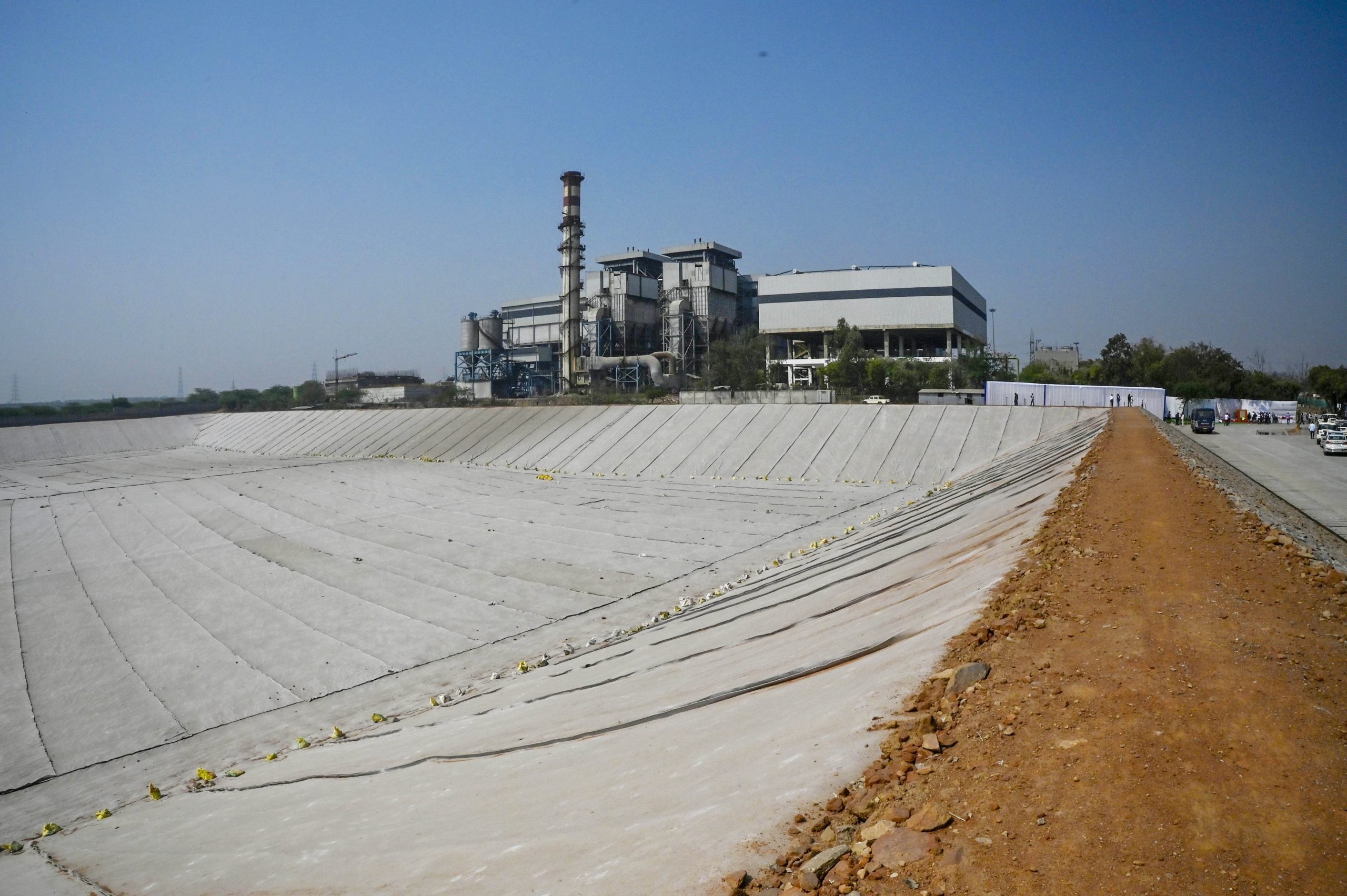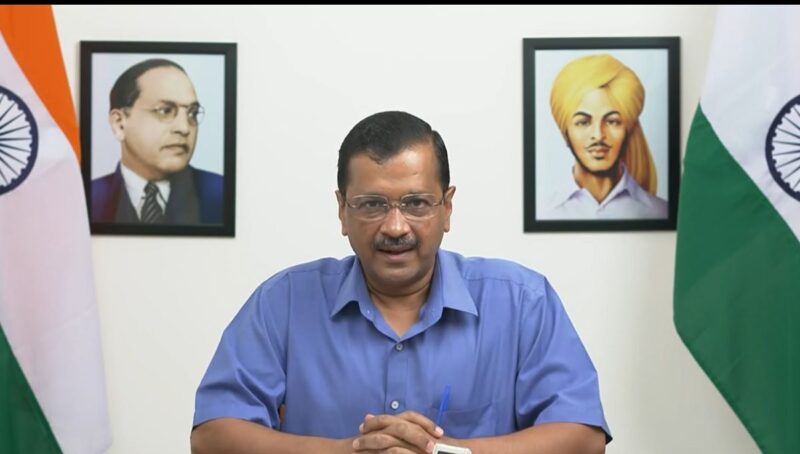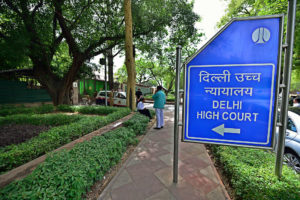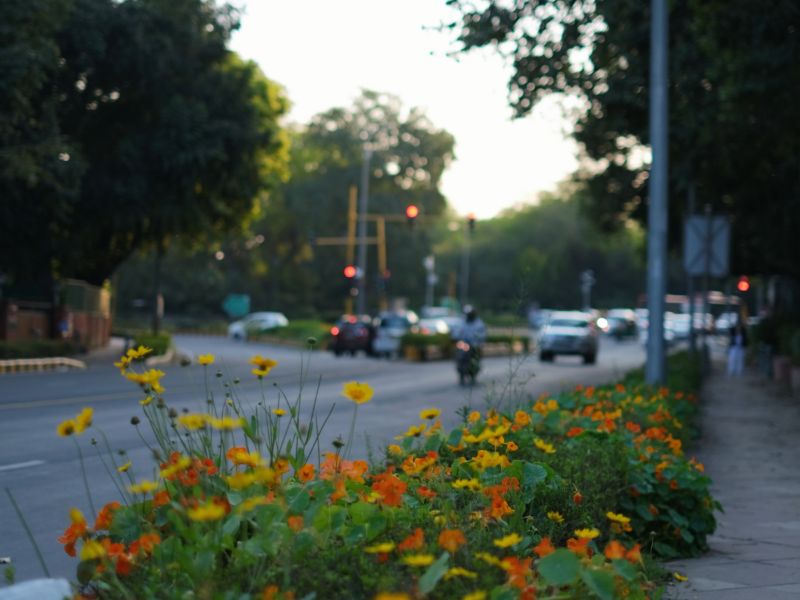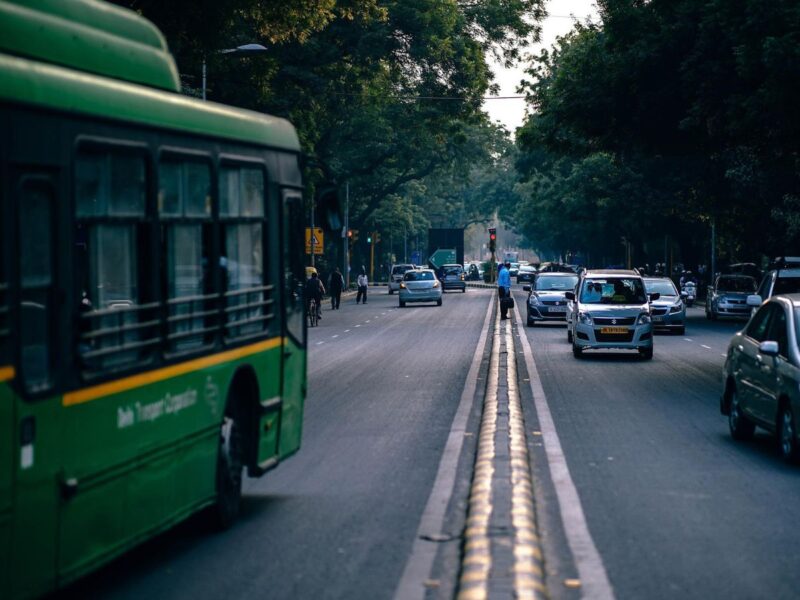Delhi’s first engineered landfill became operational in Tehkhand on March 12. The new landfill, built on an estimated budget of Rs 42.32 crores, and spread over an area of 25 acres, including a forest area of 7.42 acres, has been hailed as “one of its kind” in the country.
With several layers of geosynthetic material applied to the landfill bed, authorities claim that the new landfill will avoid leachate percolation and will be environmentally sustainable.
The three landfills in Okhla, Bhalswa and Ghazipur, stand exhausted and are functioning over their capacity limit.
“What we see in Delhi are not landfills but mere dumpsites,” says Atin Biswas, programme director, Centre for Science and Environment.
A landfill, he says, is designed in a manner so as to not have an adverse effect on the environment. There are around 3,184 dumpsites in the country as stated by a report on solid waste management by the Central Pollution Control Board (CPCB). The maximum number of dumpsites are in Uttar Pradesh, followed by Madhya Pradesh and Maharashtra. UP boasts of 609 dumpsites, with numbers for Madhya Pradesh and Maharashtra pegged at 326 and 237 respectively.
Delhi’s three landfills have, over the years, garnered attention of both experts and authorities for environmental concerns.
According to observations made by the National Green Tribunal in 2022, fire in Delhi’s Ghazipur landfill resulted in emission of toxic smoke, posing great harm to public health and environment. The tribunal stated, “Such dumpsites in Delhi and other cities are like time bombs as they generate explosive gases like methane.”
The potential sources of air pollution at these dumpsites are handling of fresh waste, fire incidents, bad odour, to name a few.
Handling flyash
Delhi generates around 10,990 tonnes per day (TPD) of solid waste. Out of this, about 5,193 TPD of waste is treated, while 5,533 TPD of waste is landfilled. In response to an online questionnaire, Municipal Corporation of Delhi (MCD) stated that the new landfill will be used for disposal of bottom ash or fly ash, residue from waste-to-energy plants.
Fly ash falls into the category of inert waste. Inert waste refers to those which do not react with the environment and pollute it.
“A waste-to-energy plant uses dry waste for combustion, and thus produces electricity,” says Priti Mahesh, Chief Programme Coordinator, Toxics Link.
According to a fact sheet by Toxics Link, the ongoing cost of producing electricity from such plants is twice that of a thermal plant.
Delhi has four waste-to-energy plants — in Ghazipur, Narela, Okhla and Tehkhand.
“Burning waste in such plants seems to be more about getting waste out of sight,” says Priti.
According to her, waste segregation at the primary source is the key to mitigate creation of more dumpsites and landfills.
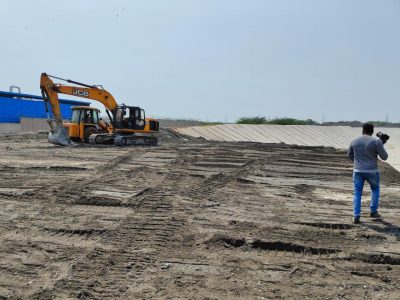
According to a report published by CSE, waste-to-energy plants in India have not been a roaring success.
“India’s waste composition is a major hurdle in efficient working of such plants,” adds Atin Biswas.
Waste in India has a high amount of wet waste which includes food items and other biodegradable materials.
“Around half of the waste at a dumpsite is wet waste,” adds Atin.
Such waste also produces methane, a highly combustible gas. Landfills at both Ghazipur and Bhalswa report incidents of fire in hot and dry summers, releasing toxic fumes and chemicals in the air.
“Waste-to-energy plants, although being heavily promoted, are not the solution,” claims Bharati Chaturvedi, Founder and Director of Chintan Environmental Research and Action Group.
According to her, the practice of waste combustion leads to loss of valuable materials and does not treat waste as a resource. CSE’s report states that Indian waste is too low in calorific value.
“If dry waste gets in contact with moisture, it becomes harder to burn, thus yielding less than desired results,” states Priti.
The new engineered landfill also boasts of leachate collection pipes embedded into its bed. The generated leachate is collected, which then falls into the leachate pit, which is later treated. Atin explains that the solid residue and liquid gained after the leachate treatment can be further used for composting purposes.
Most polluted areas
Dumpsites often release leachate which pollutes groundwater. Leachates are formed when water mixes with waste and penetrates into the ground. According to a 2019 report, jointly by CPCB, NEERI (National Environmental Engineering Research Institute) and IIT-Delhi, places such as Burari and Haiderpur, situated near Bhalswa dumpsite had higher than permissible fluoride and chloride levels in groundwater.
The presence of such toxic chemicals and heavy metals can lead to abdominal pain, drowsiness, seizures, renal failure, to name a few.
However, engineered landfills can also have an environmental impact.
“Every engineered landfill has an engineered lifespan after which the lining preventing the percolation of leachates breaks,” says Bharati.
She adds that every landfill eventually leaks. A major concern, including with the engineered landfill, is also about microfibre pollution. Microfibre pollution refers to degradation of the environment due to entry of tiny plastic particles, namely polyester and nylon in nature.
Bharati states that science and discussion around such a phenomenon was not present while “policy and plans around such landfills were discussed”.
MCD has stated that the lifespan of the new landfill is around 6.5 years after which it would be covered with geo-synthetic liners. Authorities have also stated that the covered landfill may be used for development of a parking area, sports ground, public park among other places.
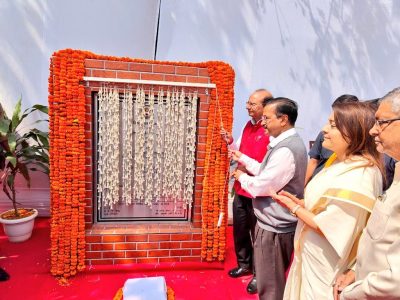
“Engineered landfills also pose a stress on already limited land resources,” adds Bharati.
According to her, although India is a big country, space crunch can always become a factor as it has in more developed nations.

